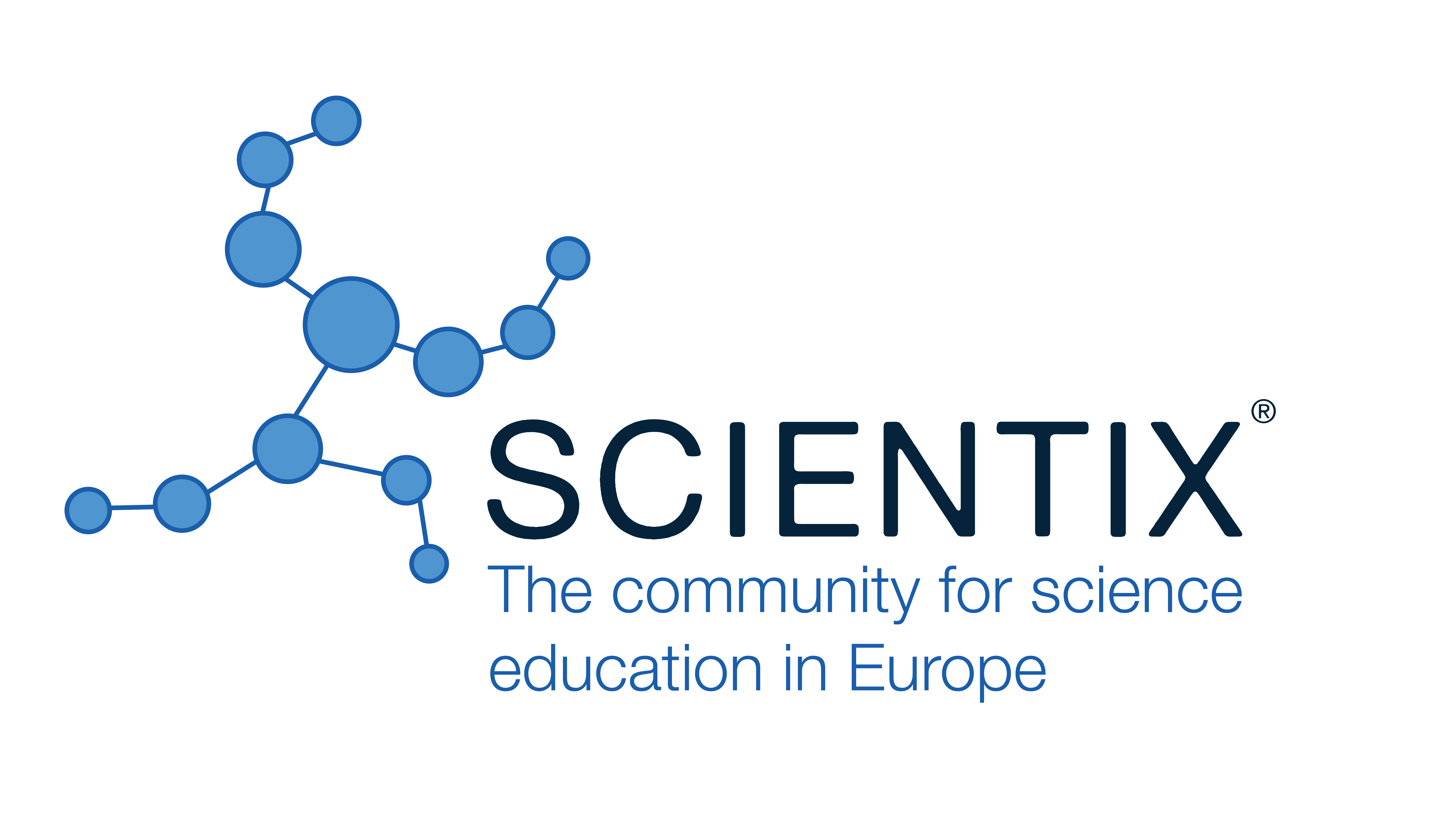Science in the Classroom: A Guide for Educators to Navigate Sex and Gender Education Materials
Marie-Luise Vollbrecht, Humboldt University, Berlin (Germany)
Abstract
This paper introduces a comprehensive guide designed to assist educators in discerning high-quality, scientifically accurate teaching materials for sex and gender education. In response to the challenge of navigating a wide array of educational content, the guide establishes clear criteria grounded in good scientific practice, enabling educators to effectively evaluate and select appropriate resources. The focus of the guide is two-fold: firstly, it outlines key characteristics of scientifically robust teaching materials, including accuracy, inclusivity, age-appropriateness, and alignment with current scientific understanding. Secondly, the paper identifies common pitfalls and erroneous concepts often present in substandard materials, providing educators with practical tools to recognize and avoid these flaws. By delineating these criteria and common errors, the guide aims to empower educational professionals to make informed choices in their instructional materials, ensuring that students receive factually correct, comprehensive, and respectful education in the areas of sex and gender.
|
Keywords
|
-
Sex Education, Gender Studies
-
Educational Quality
-
Scientific Accuracy
-
Pedagogical Resources
|
|
References
|
-
Berheide, Catherine White, and Marcia Texler Segal. "Teaching sex and gender: A decade of experience." Teaching Sociology (1985): 267-283.
-
Burns, Matthew K., and Kimberly Gibbons. Implementing response-to-intervention in elementary and secondary schools: Procedures to assure scientific-based practices. Routledge, 2011.
-
Heidari, Shirin, et al. "Sex and gender equity in research: rationale for the SAGER guidelines and recommended use." Research integrity and peer review 1.1 (2016): 1-9.
-
Khamisy-Farah, Rola, and Nicola Luigi Bragazzi. "How to integrate sex and gender medicine into medical and allied health profession undergraduate, graduate, and post-graduate education: Insights from a rapid systematic literature review and a thematic meta-synthesis." Journal of Personalized Medicine 12.4 (2022): 612.
-
Laurillard, Diana. Teaching as a design science: Building pedagogical patterns for learning and technology. Routledge, 2013.
-
Mercer, Neil, et al. "Reasoning as a scientist: Ways of helping children to use language to learn science." British educational research journal 30.3 (2004): 359-377.
-
Measor*, Lynda. "Young people's views of sex education: gender, information and knowledge." Sex education 4.2 (2004): 153-166.
-
Steussy, Carol L., and Julie A. Thomas. "Elementary Teachers Do Science: Guidelines for Teacher Preparation Programs." (1998))
-
Solotke, Michael, et al. "Twelve tips for incorporating and teaching sexual and gender minority health in medical school curricula." Medical teacher 41.2 (2019): 141-146.
-
Trudell, Bonnie. Doing sex education: Gender politics and schooling. Taylor & Francis, 2017.
-
Schwarz, Christina V., et al. "Helping elementary preservice teachers learn to use curriculum materials for effective science teaching." Science Education 92.2 (2008): 345-377.
|
Back to the list
 The Future of Education
The Future of Education





























